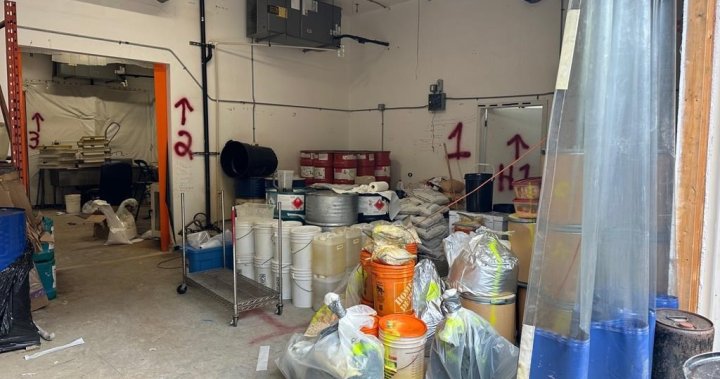The proliferation of clandestine drug labs, particularly those producing synthetic drugs like fentanyl and methamphetamine, poses a significant and escalating threat to public health and safety, the environment, and the real estate market. Unlike marijuana grow operations of the past, these labs utilize highly toxic industrial chemicals, transforming ordinary homes into hazardous waste sites in a matter of days. The cleanup of these labs presents a complex and costly challenge, burdening property owners and posing risks to both remediation workers and surrounding communities.
The dangers posed by these labs extend beyond the immediate presence of the chemicals. Improper disposal of these substances contaminates soil and water sources, endangering local ecosystems and potentially impacting the health of residents. Instances of discarded chemicals leaching into neighboring properties and causing harm to vegetation and wildlife highlight the far-reaching consequences of this illicit activity. The contamination can necessitate extensive remediation efforts, including soil excavation and water treatment, incurring substantial costs for both property owners and government agencies.
The cleanup process itself is a hazardous undertaking, requiring specialized equipment and expertise. Remediation teams must don protective suits, respirators, and multiple layers of gloves to mitigate the risk of exposure to the potent chemicals. The chemicals involved can rapidly permeate protective gear, underscoring the dangers faced by those tasked with cleaning up these toxic environments. Moreover, the increasing sophistication of drug labs and the variety of chemicals used complicate the decontamination process. Every item within the contaminated property must be meticulously cleaned and disposed of, adding to the overall cost and complexity of remediation.
The financial burden of cleaning up former drug labs often falls on unsuspecting property owners. The costs can reach tens of thousands of dollars, adding a significant financial strain to individuals who may be unaware of the illegal activities taking place within their properties. The lack of consistent regulations and remediation standards across different municipalities further exacerbates the problem. This inconsistency creates uncertainty for lenders and insurers, making it difficult to sell or insure properties that have been used as drug labs. This ultimately impacts the real estate market by reducing the availability of housing and adding to the challenges faced by both buyers and sellers.
The current regulatory landscape lacks a unified approach to addressing the issue of contaminated properties. While the RCMP is responsible for removing chemicals directly related to illegal drug production, the responsibility for cleaning up the remaining contamination, including damage to the property and surrounding environment, rests with the property owner. This division of responsibility creates a gap in accountability and can lead to delays in remediation efforts. The Ministry of Environment steps in for significant environmental contamination, but the lack of proactive, standardized regulations across municipalities hinders effective and consistent remediation efforts.
To address these multifaceted challenges, a comprehensive and standardized approach to drug lab remediation is urgently needed. The British Columbia Real Estate Association advocates for province-wide regulations that would streamline the cleanup process, ensure consistency in remediation standards, and provide clarity for property owners, lenders, and insurers. Such regulations would not only safeguard public health and the environment but also facilitate the reintegration of remediated properties into the housing market. A standardized approach would also alleviate the burden on municipalities with limited resources, ensuring a consistent level of remediation across the province. Furthermore, establishing a training and certification program for remediation professionals would enhance the quality and safety of cleanup efforts. By implementing these recommendations, British Columbia can effectively address the growing problem of contaminated properties, protect its citizens, and ensure the long-term health of its communities and environment.

